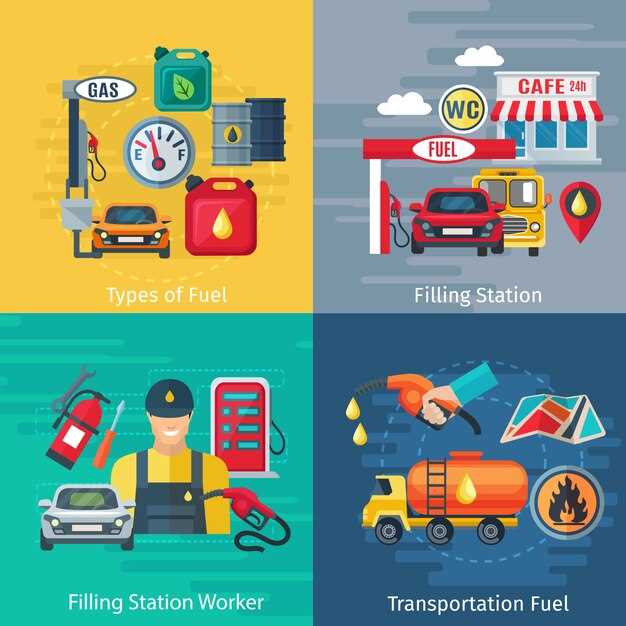
In the competitive world of contracting, having the right tools is essential for success, and this includes choosing the perfect commercial truck. A reliable truck not only supports the daily operations of a contractor but also enhances efficiency, safety, and productivity on job sites. With so many options available, contractors must evaluate their specific needs–whether for transporting materials, carrying equipment, or supporting heavy loads–to find the best fit.
In this article, we explore some of the top commercial truck models that stand out for contractors. We will discuss various factors such as payload capacity, fuel efficiency, versatility, and overall performance. Each model will be reviewed based on how well it meets the demanding requirements of contractors across different industries.
From heavy-duty pickups to versatile vans, the right choice depends on the type of work involved and long-term operational costs. Contractors must also consider features like towing capacity, interior comfort, and technological advancements that aid in navigation and safety. The models highlighted here are designed to not only meet the challenges of daily tasks but also provide a reliable solution that contractors can trust.
Top Features to Look for in Contractor Trucks

When selecting a truck for contracting purposes, it’s vital to consider features that enhance productivity, safety, and comfort. A well-chosen truck can significantly impact efficiency on the job site.
One of the most crucial features to prioritize is payload capacity. Contractors often transport heavy equipment and materials, so a truck with a high payload limit is essential. Look for models with reinforced frames and robust suspension systems designed to handle significant loads without compromising stability.
Another important aspect is towing capacity. Many contractors need to haul trailers, equipment, or additional vehicles. Choosing a truck that provides ample towing capacity ensures you can transport essential tools and materials without strain.
Fuel efficiency is also a key consideration. Since contractors frequently cover long distances, selecting a truck with efficient fuel consumption can result in significant cost savings over time. Models with advanced engine technology often provide better mileage and lower emissions, which is beneficial for both budgets and the environment.
Safety features should not be overlooked. Look for trucks equipped with advanced safety technologies such as lane departure warnings, blind-spot monitoring, and automatic emergency braking. These features can help prevent accidents on-construction sites and during road use.
Cab comfort and interior ergonomics are essential for contractors who spend long hours in their vehicles. A spacious cab with adjustable seating, climate control, and easy-to-use infotainment systems enhances overall comfort during daily commutes and long projects.
Finally, consider the versatility of the truck. Features such as a bed that accommodates various attachments or configurations, as well as storage solutions for tools and equipment, can make a significant difference in functionality. Trucks that offer modular designs can adapt to various contracting needs, increasing overall utility.
Review of Leading Truck Brands for Construction Needs
When selecting a commercial truck for construction purposes, several brands stand out due to their reliability, performance, and specialized features tailored for contractors. Below, we explore the leading truck brands that meet the rigorous demands of the construction industry.
Ford is renowned for its robust lineup, particularly the Ford F-Series, which includes the F-250 and F-350 models. These trucks are celebrated for their powerful engines, towing capacity, and advanced technology integration, which enhances driver assistance and safety. The high towing and payload capacities make them ideal for transporting heavy equipment and materials to job sites.
Chevrolet offers the Silverado 2500HD and 3500HD models, which are well-suited for construction professionals. Their Duramax diesel engines provide exceptional torque and pulling power, making these trucks capable of handling the toughest jobs. Additionally, the Silverado’s spacious cabin and user-friendly technology contribute to a comfortable driving experience.
Ram is another competitor with its Ram 2500 and 3500 models, favored for their durability and innovative features. Ram trucks come with a high-strength steel frame and advanced air suspension systems, providing stability under heavy loads. The multifunction tailgate and spacious interiors further enhance their utility for contractors.
Toyota, with its Tundra and Tacoma models, brings a reputation for reliability and longevity. While the Tundra is known for its powerful engine options and impressive towing capabilities, the Tacoma offers versatility and off-road prowess, making it suitable for various terrains encountered in construction work.
Nissan offers the Titan and Frontier models, which, although less common, still provide competitive features for contractors. The Titan boasts a powerful V8 engine and a user-friendly layout, while the Frontier delivers a compact option without sacrificing performance, making it a viable choice for urban construction projects.
Overall, when considering the best truck for construction needs, evaluating each brand’s offerings based on performance, durability, and features tailored for heavy-duty tasks is essential. The selection ultimately depends on the specific requirements of the contractor and the job at hand.
Cost-Effectiveness and Financing Options for Contractor Vehicles

When selecting a commercial truck, contractors must prioritize cost-effectiveness to ensure their business remains profitable. The initial purchase price is just one aspect of overall costs; factors such as fuel efficiency, maintenance expenses, and resale value also play critical roles in determining a vehicle’s long-term financial impact.
Fuel efficiency is particularly important for contractors, as it directly affects operational costs. Vehicles with advanced engines or hybrid technologies can significantly reduce fuel expenses, leading to savings over time. Additionally, choosing trucks with lower maintenance requirements and longer warranty periods can help contractors minimize unexpected repair costs.
Another important consideration is the resale value of the truck. Models with strong market demand and reputation for durability tend to retain their value better. Contractors should research and select brands known for reliability and strength, which could enhance their vehicle’s resale price when it’s time for an upgrade.
Financing options are equally crucial for contractors looking to manage their budget effectively. Various financing solutions are available, including traditional loans, leasing agreements, and specialized contractor financing programs. Each option has its own benefits: loans typically lead to ownership, while leasing may offer lower monthly payments and lower upfront costs, which can be appealing for businesses not wanting to commit large capital upfront.
Additionally, government programs and incentives for purchasing eco-friendly vehicles may help reduce costs. Contractors should stay informed about available grants or tax credits that can alleviate the financial burden associated with acquiring new trucks.
Ultimately, the right cost-effective approach combines researching the best truck models with understanding financing options, enabling contractors to make informed choices that align with their budget and operational needs.




































